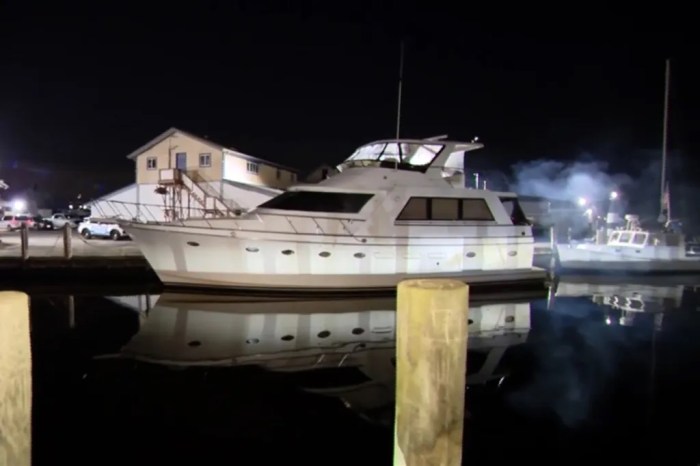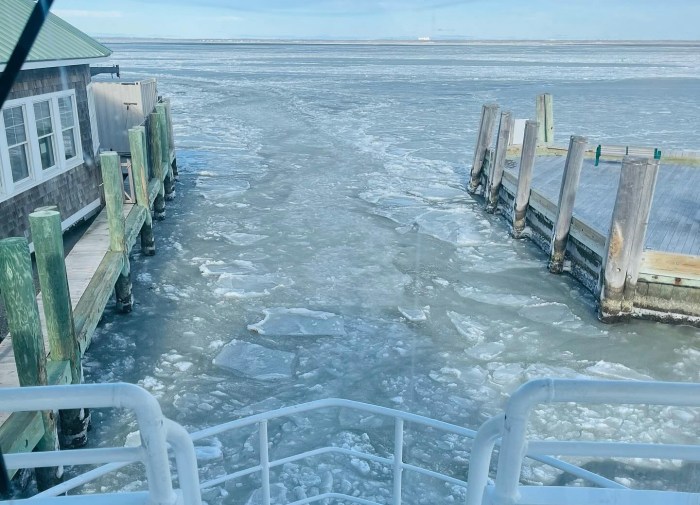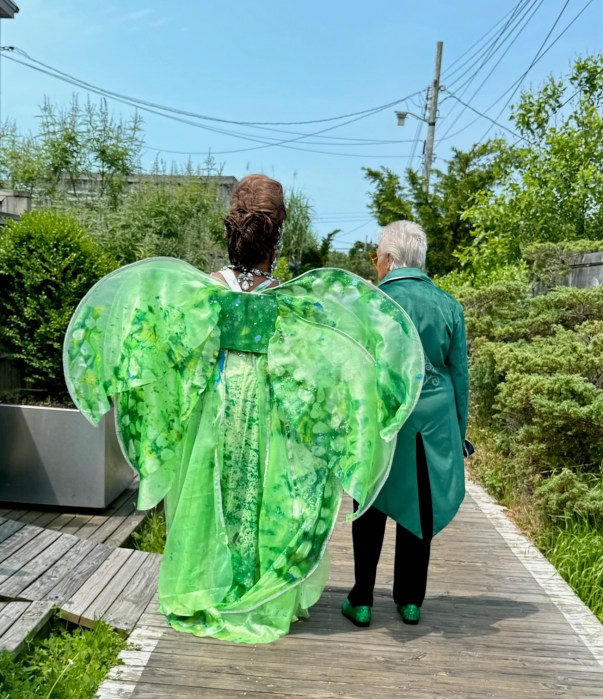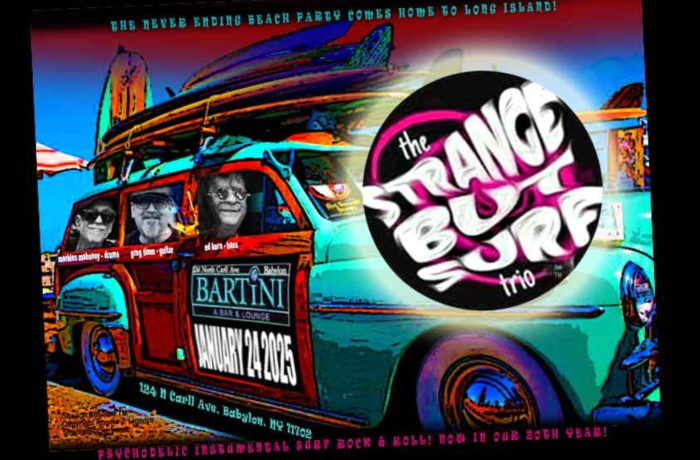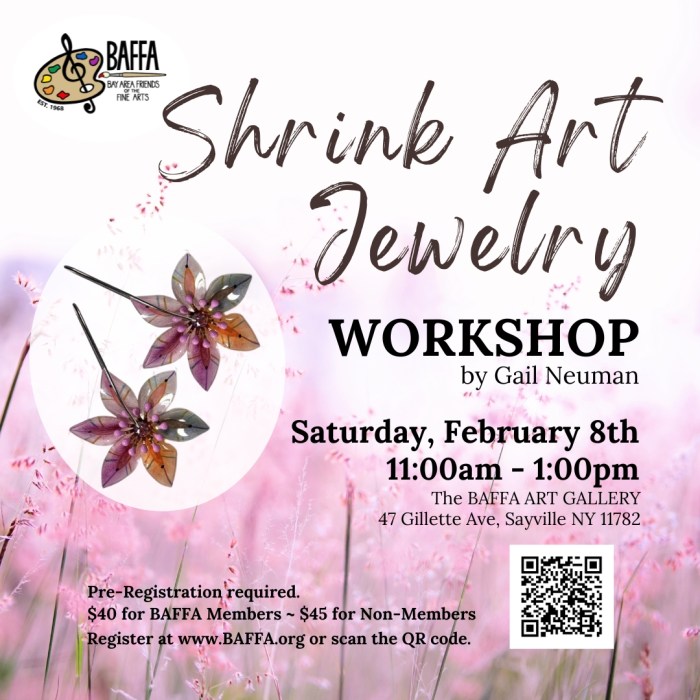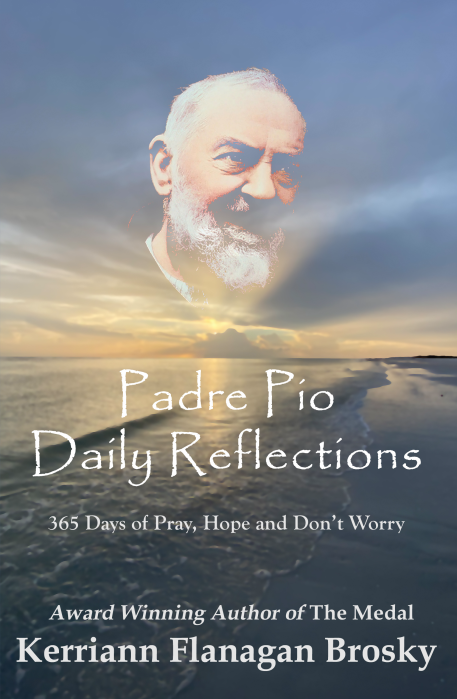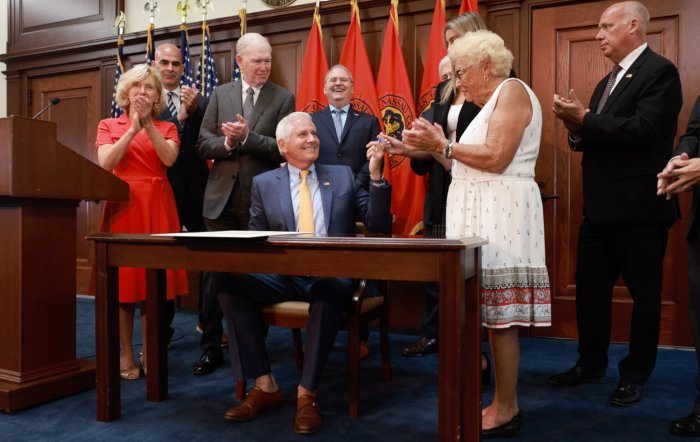by Maria De Koning
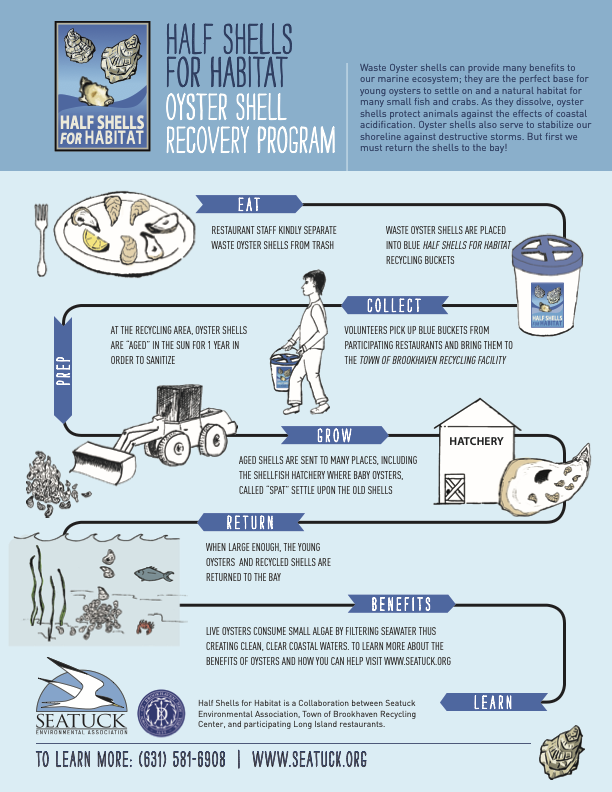
What can you do to help the Great South Bay (GSB)? Maureen Dunn, water quality specialist and director of the Half Shells for Habitat Program states it simply, “Eat more oysters, save our bay!”
Seatuck Environmental Association is a non-profit organization situated in the Scully Estate in Islip with the mission statement of “conserving Long Island wildlife and the habitat they depend on,” and for Dunn that includes oysters. She grew up on the bay and has always had a strong connection with it. As she entered her career, she wanted to know, “What could I do to help improve the water quality of the bay?
The Half Shells for Habitat program started in 2018 to address the need to return oyster shells to Long Island’s estuaries. Over the years, Long Island waterways have experienced a decline in shellfish populations and an increase in nitrogen pollution. The reason for the decrease in oyster populations is twofold, according to Dunn, “Number one is that they were overharvested, so there was no stock to begin with, and number two is that wild oysters need to land on a substrate (which no longer exists in our bays).” Oysters are free-swimming when they are very young and must land on a substrate or reef to grow a shell. The faster the oyster can grow its shell, the more likely it is to survive.
This makes us wonder, what happened to all of the natural reefs in the waters? Over the years, the water in the GSB has increased in acidity, causing the shells of the oysters to dissolve. Ocean acidification is caused by increased carbon dioxide (CO₂) in the atmosphere. Carbon dioxide dissolves in the ocean and absorbs roughly 25 percent of CO₂ emissions.
Since oyster shells and reefs are made of calcium carbonate, which is unable to survive in acidic waters, the remaining larva were unable to find reefs to attach to and grow their shell.
“At first I thought, let’s just put the shells back into the water and the larval oysters will find the shell,” said Dunn, “but there are no more larval oysters because there aren’t enough male and female shells that are spawning.” The male and females have to randomly find each other, so the more oysters there are in a bay the higher that likelihood.
Because our waters are so acidic, adding oyster shells to the water helps with buffer the pH in the bay. “Just like when you take an antacid for your stomach, like Tums, those are made of calcium carbonate and they balance out the pH in your stomach.” This could help make oyster reefs and serve as a substrate for the oysters to grow. We take the cultivated oysters that people eat in restaurants, the shells are exactly the same as a wild oyster, and we put them back into the bay to buffer the acidity.”
But, if the oysters aren’t coming from the bay, then where do they come from? “Wild oysters are nearly extinct,” said Dunn. “They are not living in our Long Island bay. There are very few.” Hatcheries on Long Island will take mature male and female oysters and put them in water. The water is perfectly balanced and acts as the ideal habitat. They put in a tiny piece of shell and each larval oyster latches to the tiny piece of shells. The oyster can grow because they are tricked into believing they landed on a reef.
Half Shells for Habitat have partnerships with the Town of Islip, Brookhaven, and Hempstead compost stations. This is where the shells go before they are distributed to local environmental organizations such as the Shinnecock Bay Restoration Project, The Moriches Bay Project, and The Save the Great South Bay Oyster Project.
Beginning Aug. 1, Seatuck Environmental Association will have an outdoor exhibit at 11 Maple Ave., to shine a light on the Half Shells for Habitat Program. The exhibit will be in the glass showcases next to The Pizzeria of Bay Shore, right on the sidewalk that leads to the Fire Island Ferry terminal, and be there at least until the end of August. Be sure to stop by and take a look!
Editor’s Note: As of 2023 Ocean Beach restaurants Matthews Seafood House, The Island Mermaid, Maguires, Castaway, Albatross, Housers, The Hideaway and The Landing are now participating in the Half Shells for Habitat program. Find others on https://seatuck.org/half-shells/



